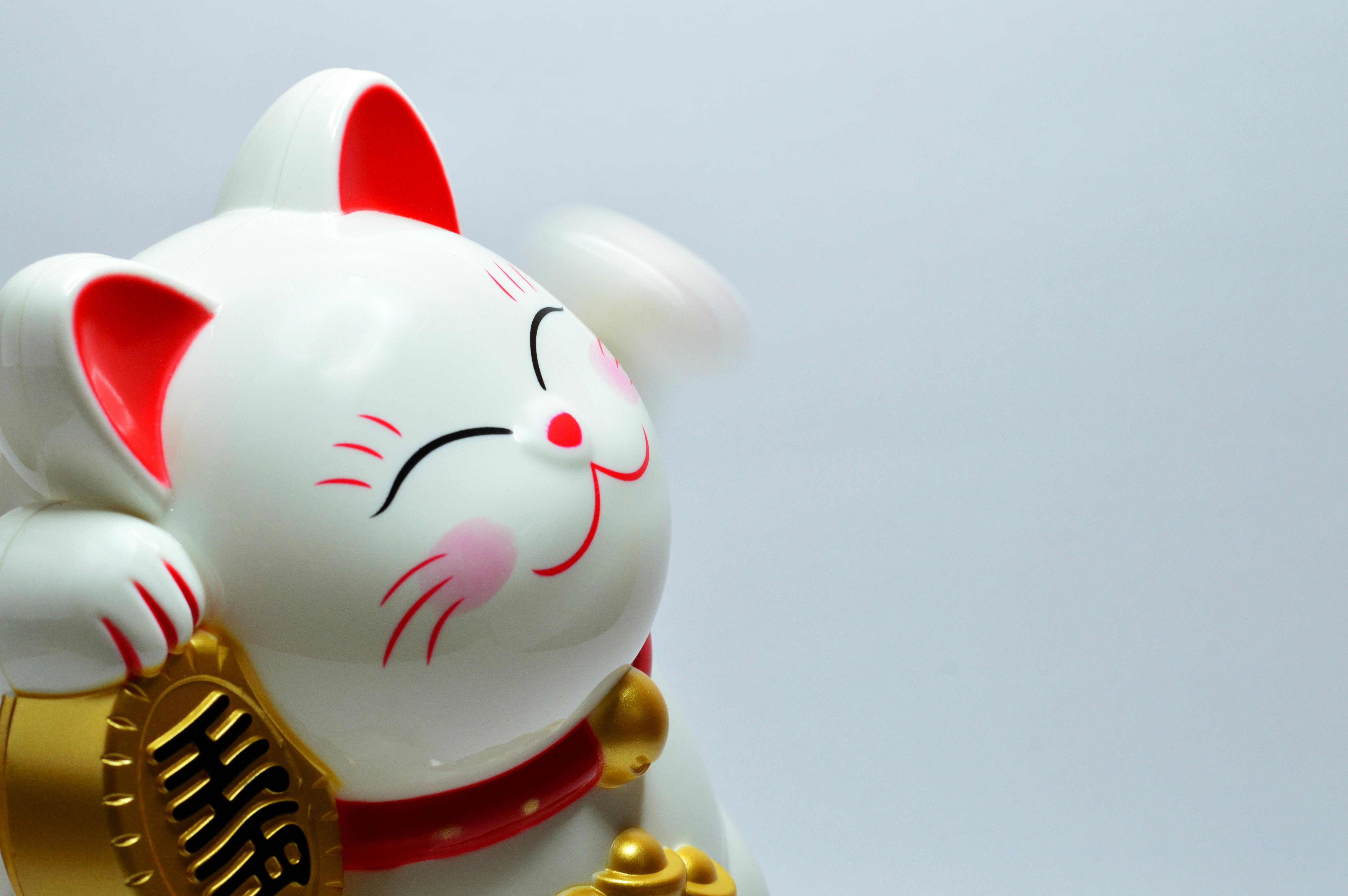Essential Guide to Balloon Belly Molly Care in 2025
Balloon Belly Mollies, with their unique round bodies and vibrant colors, have become a favorite among aquarium enthusiasts. Their friendly disposition and ease of care make them perfect for both beginners and experienced fish keepers. This guide will help you understand the vital aspects of balloon molly care, including their habitat, feeding habits, breeding techniques, and health management.
What makes these fish stand out is their balloon-like features that not only add aesthetic value to your aquarium but also provide insights into their health and care requirements. As the popularity of balloon belly mollies grows, so does the need for comprehensive understanding of their characteristics and care. In this guide, we will delve into every aspect of maintaining healthy, happy balloon mollies in your aquarium, including compatible tank mates and best practices for breeding.
Throughout this article, readers can expect to learn essential balloon molly care tips, the characteristics that define this species, and how to maintain an ideal aquatic environment. Whether you’re setting up your first molly tank or looking to enhance your existing setup, this guide is packed with valuable insights to ensure your mollies thrive.
Key takeaways will include important factors such as water parameters, diet requirements, and ways to prevent common diseases. Let’s dive into the intricate world of balloon belly mollies!
Understanding Balloon Molly Characteristics
Understanding the balloon belly characteristics is crucial to successful care. These fish are distinguishable by their rounded, 'balloon-like' bodies, which are not just a quirk of nature but also a crucial factor in their health. Balloon molly fish typically exhibit vibrant colors ranging from black and orange to marbled varieties. Lifespan can reach 3-5 years, provided optimal care conditions are maintained.
Color Variations and Their Significance
A significant aspect of balloon molly care is recognizing the different balloon molly colors. Color can influence breeding patterns and tank dynamics. For example, black mollies are commonly known for their adaptability, while lighter colored mollies often display more vivid patterns during mating. Understanding these color variations aids in selecting tank mates and breeding pairs.
Male vs. Female Balloon Mollies
Identifying male vs female balloon molly is essential for breeding purposes. Males are usually smaller with a pointed anal fin, while females have a more rounded body and can be significantly larger. Knowing this distinction helps prevent overcrowding in your aquarium and ensures successful breeding if that is your goal.
Social Behaviors and Tank Dynamics
Understanding molly fish behavior is vital as these fish are social creatures. Balloon mollies thrive in groups; therefore, it's advisable to keep them in a minimum school of 5-6. Low stress environments lead to improved health and a reduction in aggressive behaviors. Observing their interactions will help you assess compatibility with other fish species.
Molly Fish Size
The balloon molly size typically ranges from 3 to 4 inches as adults, depending on the environmental factors and diet. This moderate size makes them suitable for most home aquariums, but keep in mind the ideal tank size for such schooling fish is at least 20 gallons. A larger volume helps maintain water quality and allows for swimming space.
Understanding balloon molly characteristics gives a strong foundation for effective care practices. Building on these fundamentals, let’s explore the various aspects of balloon molly maintenance and their habitat requirements.
Creating an Ideal Habitat for Balloon Mollies
Establishing an optimal habitat is essential for sustaining the health of your balloon belly mollies. Since these fish originate from freshwater environments, replicating their natural settings will lead to happier and healthier fish. Balloon molly habitat needs should focus on specific water parameters, tank setup, and suitable tank mates.
Water Parameters for Balloon Mollies
The water quality for molly fish is paramount. Ideal water conditions include a pH of 7.0 to 8.5, with temperatures ranging from 72°F to 82°F. Regular testing of water quality will help you maintain these parameters, avoiding fluctuations that can stress your mollies. Filtering systems may be used to keep toxins at bay.
Tank Setup Essentials
When setting up a molly fish tank, provide ample swimming space and consider using a 20-gallon or larger tank for a school. Soft lighting, plenty of hiding spots, and ample room for swimming are crucial. Live vegetation, such as Java moss or Anubias, not only enhances the aesthetics but also offers shelter and contributes to water quality.
Choosing Compatible Fish
Choosing compatible fish for balloon molly aquariums is vital. Mollies coexist well with other peaceful species such as guppies and platys. It’s advisable to avoid aggressive species like cichlids to ensure harmony in your tank. Understanding their social dynamics will help in selecting the right tank mates that enhance the aquarium’s ecosystem.
Common Health Issues and Disease Prevention
Being aware of common disease prevention in molly fish helps keep your balloon belly mollies healthy. They are susceptible to a few diseases such as ich and fin rot, which can be prevented through maintaining water quality and avoiding overcrowding. Observing your fish closely for signs of distress or illness allows for early intervention.
With the ideal habitat established, we can now explore the specific feeding and dietary needs of balloon mollies.
Feeding Practices for Balloon Belly Mollies
Feeding balloon mollies correctly is vital to their growth and health. They are omnivorous and will thrive on a balanced diet consisting of both plant and protein sources. By understanding the feeding habits of mollies, you can ensure they receive the right nutrients for optimal health.
Effective Molly Diets
Implementing effective molly diets involves offering high-quality flakes, pellets, and supplementary treats like frozen or live food including brine shrimp and daphnia. Incorporating spirulina flakes provides essential nutrients and promotes vibrant colors in your balloon mollies.
Feeding Schedules and Portion Control
A well-planned feeding schedule is crucial; offering small portions 2-3 times daily can promote healthy digestion. Avoid overfeeding, which can lead to health issues such as obesity and poor water quality. Always observe your fish to ensure they are consuming the provided food, adjusting portions as needed.
Special Dietary Considerations
Consider aquatic plant compatibility; certain live plants can provide a natural food source for mollies while enhancing their diet. Adding plants like duckweed can cater to their grazing instincts, adding diversity to their routine while maintaining their health.
Monitoring Health Indicators
Monitoring the health indicators in your mollies through their eating habits can signal potential problems. A drop in appetite may indicate stress or illness, which requires immediate attention. Keeping a watchful eye ensures that you can intervene promptly, maintaining the health of your aquatic companions.
Having established a balanced dietary regimen, we can now move on to the intricacies of breeding balloon mollies and the conditions necessary for successful reproduction.
Breeding Balloon Belly Mollies
Breeding balloon mollies can be both a rewarding and challenging process. Understanding their specific breeding requirements and strategies will increase your success rate. Balloon mollies are livebearers, making breeding a fascinating process to observe.
Understanding the Breeding Cycle
The molly breeding cycle begins when males display vibrant colors and engage in courtship behaviors. Females should show signs of readiness, often larger, with a more pronounced body shape. Providing them with a breeding tank setup can enhance the likelihood of successful reproduction.
Creating Optimal Breeding Conditions
The right breeding conditions for balloon molly fish are essential. Soft, slightly acidic water with adequate hiding places can encourage breeding. Use plants or breeding boxes to help mothers safeguard their fry post-birth, as they may consume their offspring.
Raising Molly Fry
Once fry are born, caring for newly hatched molly fry requires specific techniques. Providing finely crushed flake food or specialized fry food ensures optimal growth. Maintain excellent water quality to support their early growth stages and regular feeding schedules.
Common Breeding Challenges
Being aware of common breeding challenges can enhance success. Issues like low fertilization rates can occur if water conditions are not optimal. Regular breeding performance assessments can help identify adjustments, ensuring a thriving fish population.
Effective breeding practices, alongside proper health monitoring, will lead to a harmonious aquarium environment. After this detailed exploration of balloon molly care, let’s clarify some of the frequently asked questions regarding their upkeep.
Q&A: Common Questions About Balloon Belly Molly Care
What is the ideal tank size for balloon mollies?
The optimal tank size for balloon mollies is around 20 gallons for a small school. This allows for ample swimming space and stable water conditions.
How can I identify male and female balloon mollies?
Males are usually smaller with a pointed fin, while females have rounder bodies and are larger, making it easier to distinguish between the two.
What common diseases affect balloon mollies?
Common diseases include ich and fin rot, usually linked to poor water quality. Regular water testing can help mitigate these risks.
How often should I feed my balloon mollies?
Feed balloon mollies 2-3 times daily with small portions to prevent overfeeding. Monitor their feeding habits to adjust as needed.
What aquatic plants work well with balloon mollies?
Plants like Java moss and Anubias are great choices, offering hiding spots while improving the water quality in their environment.
By following best practices outlined throughout this guide, you can ensure your balloon belly mollies lead healthy and happy lives. Adapting the information shared here will not only enhance your aquaristic journey but also contribute to the aquatic ecosystem.


